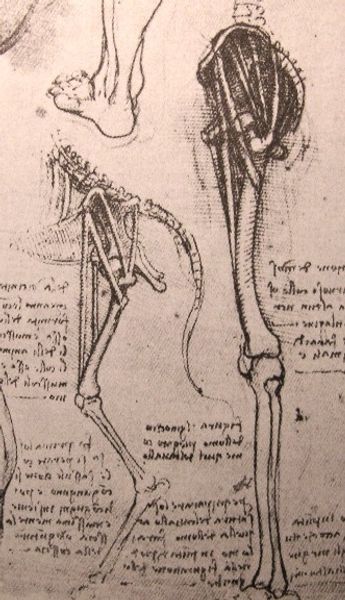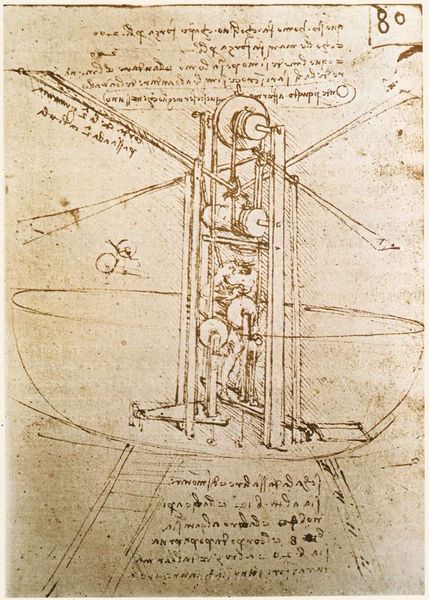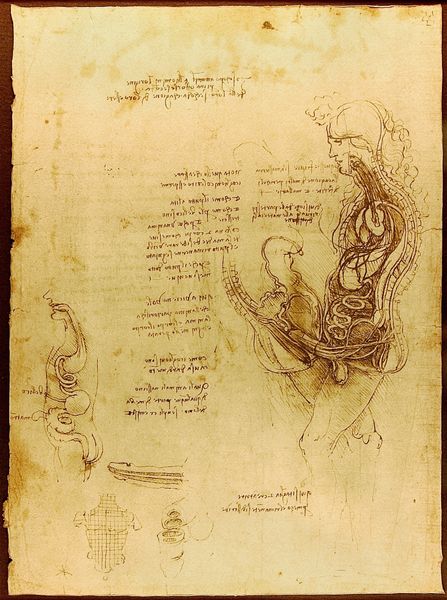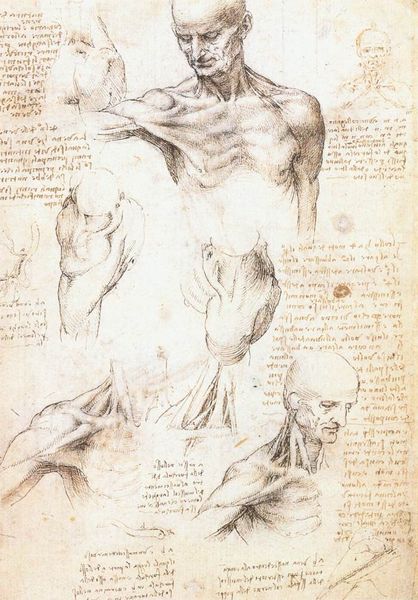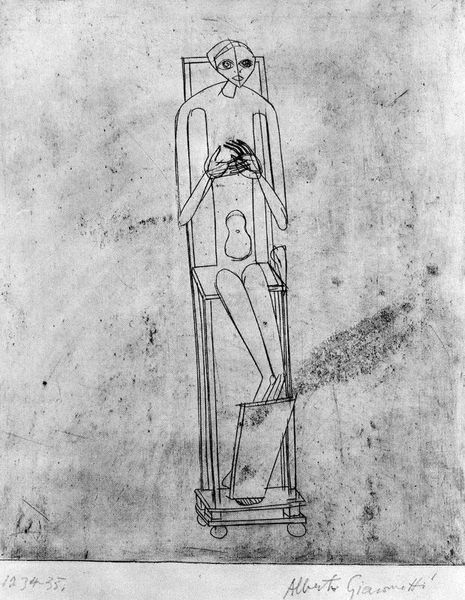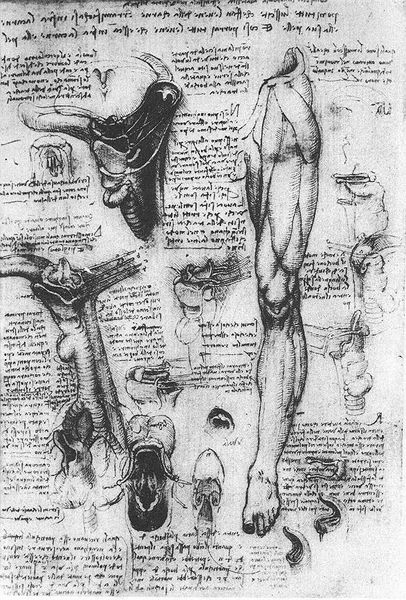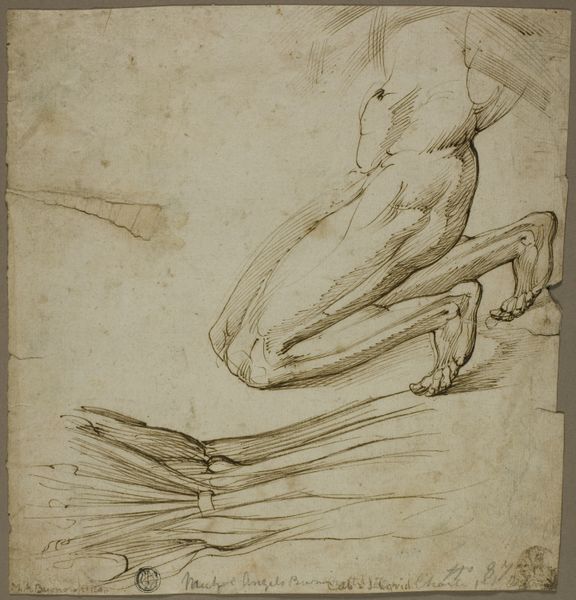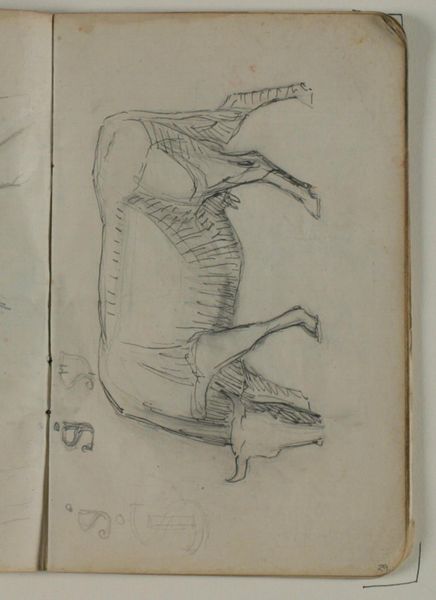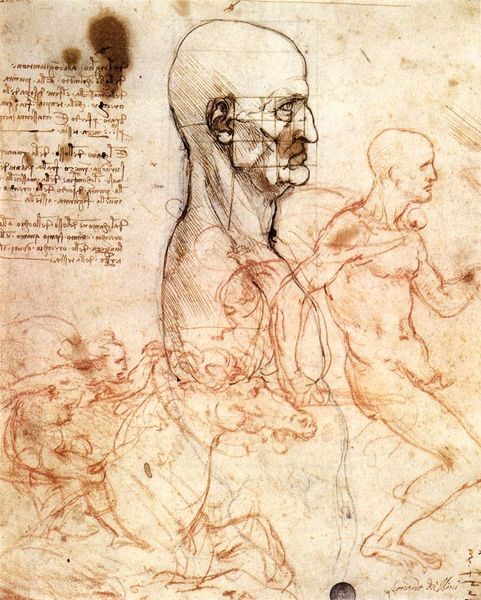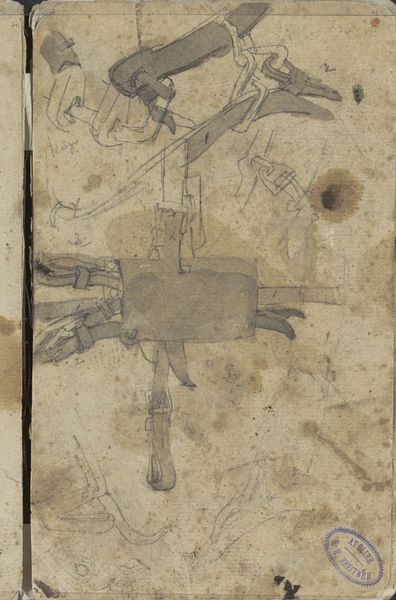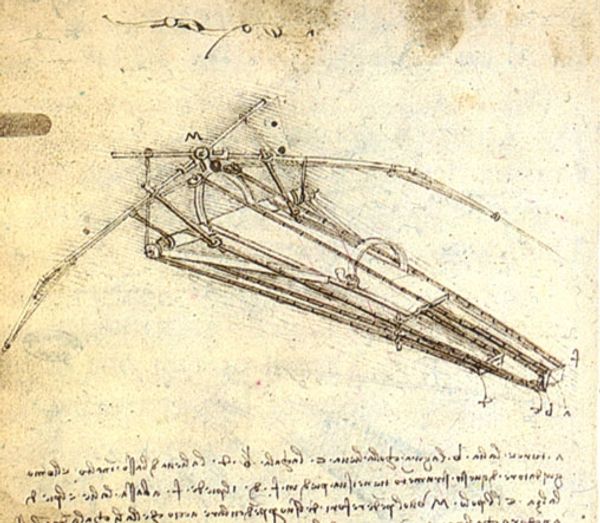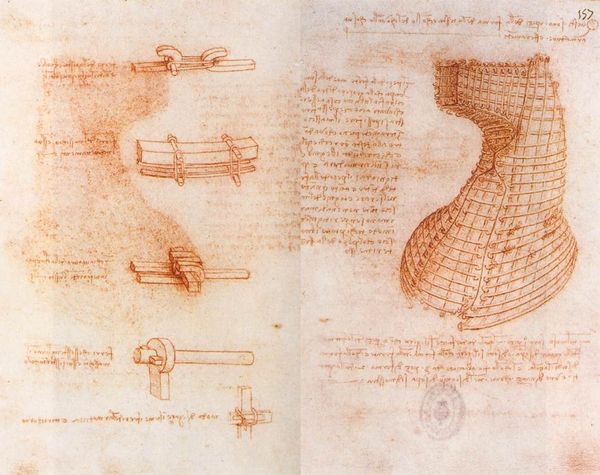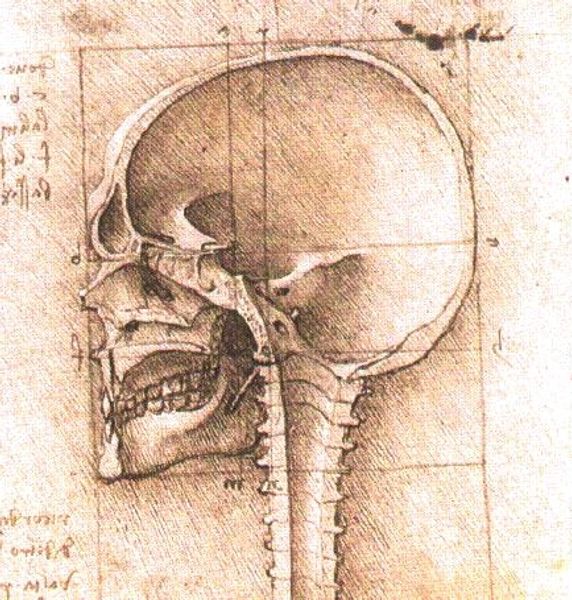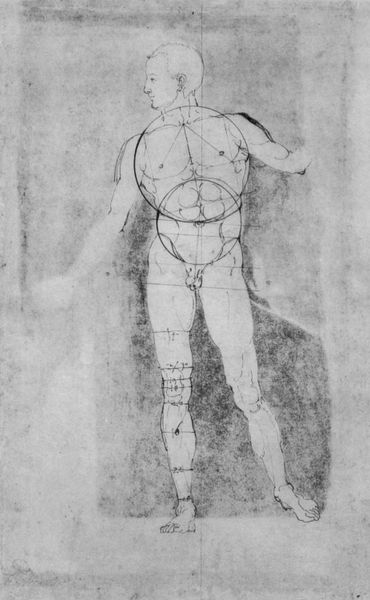
drawing, pen
#
portrait
#
drawing
#
pencil sketch
#
charcoal drawing
#
figuration
#
form
#
text
#
11_renaissance
#
coloured pencil
#
pen
#
history-painting
#
academic-art
#
italian-renaissance
Copyright: Public domain
Curator: Looking at "Anatomy of the Neck" by Leonardo da Vinci from around 1515, executed using pen and ink, it’s striking how forensic yet beautiful it is. Editor: Indeed. I’m immediately struck by the meticulous detail – it’s almost unsettling to see the exposed musculature, a raw depiction beneath the surface. There's a vulnerability present. Curator: Absolutely. Da Vinci's anatomical studies are pivotal. In a time when the body was governed by religious interpretation, his investigations sought objective truth. This challenges existing social power structures by making knowledge of the body accessible. Editor: Do you find the diagrammatic approach distancing? I grapple with its implications as a work of art, where empathy is conventionally at the forefront, as opposed to simply, the intellect? Curator: But there's a potent tension between the detached scientific eye and the inherently human subject. Seeing this dissection—the neck exposed—through the lens of contemporary discourse on embodiment and disability is incredibly compelling. How do these images impact disabled and marginalized individuals? How do they reflect broader historical stigmas related to difference and normality? Editor: That's powerful to consider. It's so easy to divorce these images from social reality. The clinical approach actually underscores broader historical issues, like the othering and medical treatment of different groups. The question becomes: what ethical responsibility does an artist/scientist have when presenting such material? Curator: I see that too, and in terms of the politics of imagery, these works served both scientific and cultural functions. Dissections were rare public spectacles and these images became critical tools of medical education while impacting culture through an increasing knowledge about human bodies. Editor: The delicate use of line, the notes scribbled around the drawings… Da Vinci really blurs lines between artistic rendering, philosophical speculation, and scientific endeavor. It’s remarkable! Curator: Examining this work has deepened my understanding of da Vinci’s revolutionary approach. It speaks volumes about the era's shifting perceptions of life, death, and the body. Editor: For me, I keep considering how visual languages evolve to include rather than exclude in the fields of science and beyond. A perpetual pursuit.
Comments
No comments
Be the first to comment and join the conversation on the ultimate creative platform.
